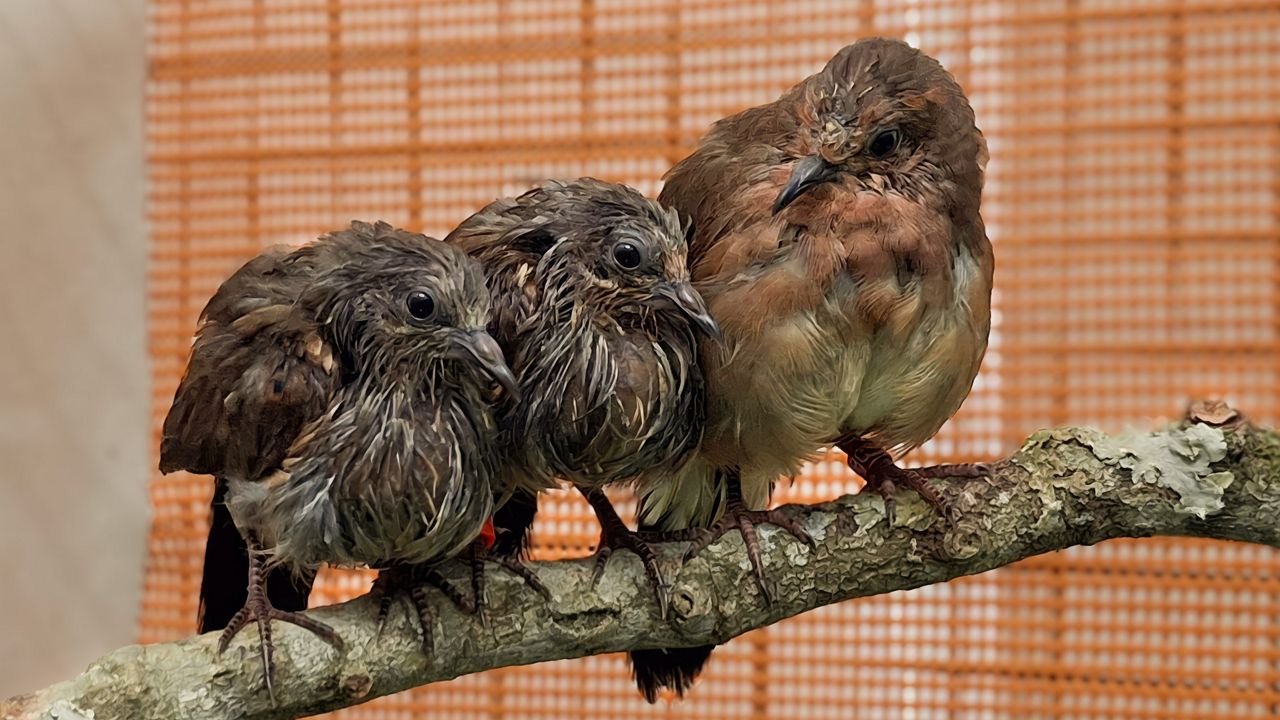TOLEDO, Ohio — The Toledo Zoo leant a hand and helped score a major win for global bird conservation as three blue-eyed ground dove chicks successfully hatched in Brazil.
The blue-eyed ground dove, or Columbina cyanopis, was rediscovered in 2015 after 75 years in Brazil's Cerrado biome. In its most recent count, there were 11 adult individuals remaining in the wild.

Organizations across the globe joined together to help preserve the species including Parque das Aves, SAVE Brasil (BirdLife International in Brazil), Chester Zoo in the United Kingdom, Bronx Zoo and the Toledo Zoo.
“Our team at the Toledo Zoo provided guidance and technical leadership that helped make this success possible,” said Joe Wood, manager of international conservation programs at the Toledo Zoo and co-chair of the IUCN SSC Pigeon and Dove Specialist Group. “The hatching of these chicks gives us hope that the species still has a chance, and it shows what’s possible when international partners come together with the right tools and expertise.”
Wood developed a hand-rearing protocol that helped achieve this latest hatching.
“The Toledo Zoo bird staff is excited to lend their expertise to this project,” said Staci Bekker, area manager of the bird department at the Toledo Zoo. “Our team developed a successful hand-rearing protocol for fruit doves, which helped shape the techniques now used with blue-eyed ground doves. It’s rewarding to see our work in Toledo directly support efforts to save this highly threatened species.”
The zoo's bird department gave Wood support and helped form the foundation for the techniques with the rare bird. Eggs are carefully collected from wild nests early in the breeding season to minimize disruption in wild and maximize survival rates through artificial incubation. The doves are not on public display and will be of breeding age in 2026.
With the 2025 chicks, Parque das Aves now has six birds under its care.
“This is science-based conservation at its best,” Wood said. “It’s about combining field knowledge, genetics, animal care and international cooperation to give this species a future.


